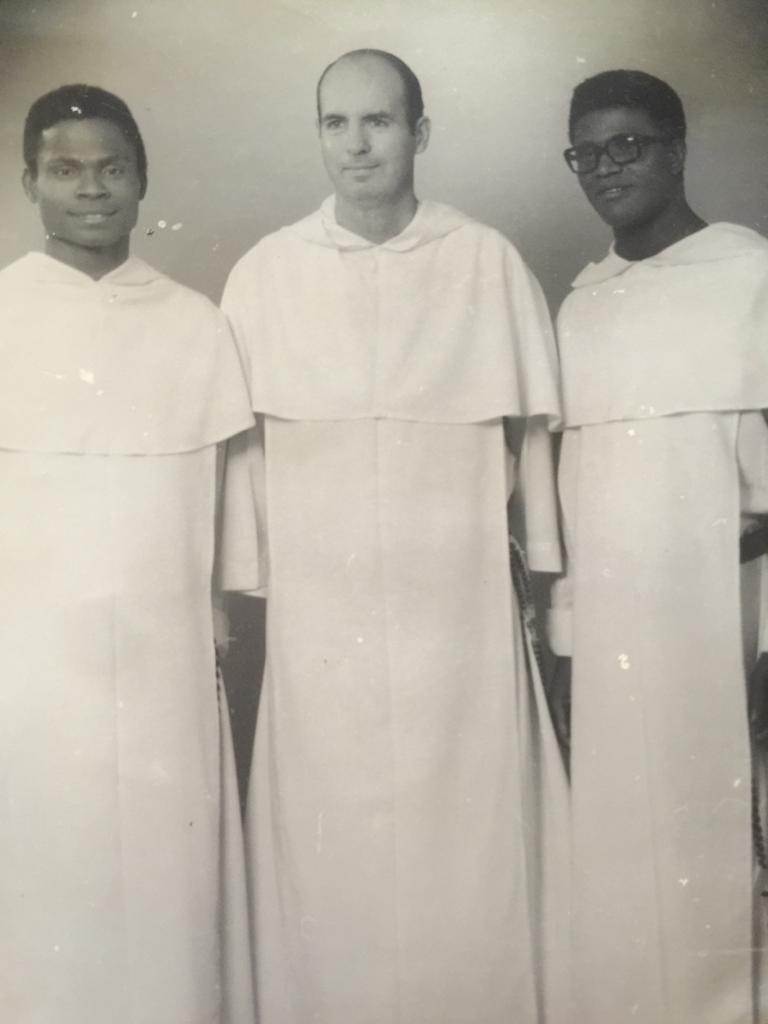The most important question we need to ask ourselves is: how best are we to love God above all things and how best are we to love our neighbor in our community life and apostolic life?The question goes to the very heart of our Christain vocation: How do I love? how do we love? Every other question is secondary and must be related to this primary question.
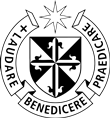
History of Priory

Formation house of the Dominicans in 1967. It was later transformed into a business shopping outfit and is now known as the Jericho Shopping Mall. (Picture taken 10th August 2020).
First Location of the Priory.
The Dominican Fathers first arrived Ibadan on the 27th of August 1965 when Father Victor Nadeau was appointed the first rector of the Ss. Peter and Paul Major Seminary. He was joined later by Fr. John Francis Daniel Connell. Then in 1967 Matthias Walsh joined them. Kenneth Harkins arrived in 1968. And then in 1969, Victor Nadeau resigned as rector and also decided to leave the Dominican Order and the Catholic priesthood completely. Kenneth Harkins was reassigned from Ibadan in 1970. John Francis Connell was then reassigned in 1971 to Chicago. Connell had arrived Nigeria in 1965 but had to return to the US in 1971 because of an advanced cancer problem which gave him serious troubles while in Nigeria. He died on June 29th 1971. He was novice master of Fr. Gilbert Thesing in 1956 when Gilbert entered the order. However, it was not until the end of July 1967 that the Dominicans officially had a place of residence in Ibadan. Prior to 1967, the friars were probably resident in the seminary community. Fr. Gregory Moore who was sent to Ibadan with the specific purpose of establishing a common novitiate for both clerical and co-operator brothers formally rented and moved into an apartment at No. 30, Kudeti Avenue Ibadan in July 1967. He was joined by Matt Walsh and some postulants... adapted from the History of the Province.
Read More
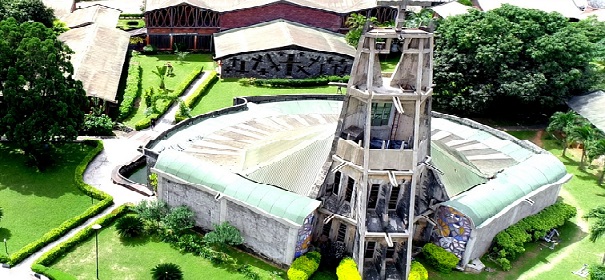
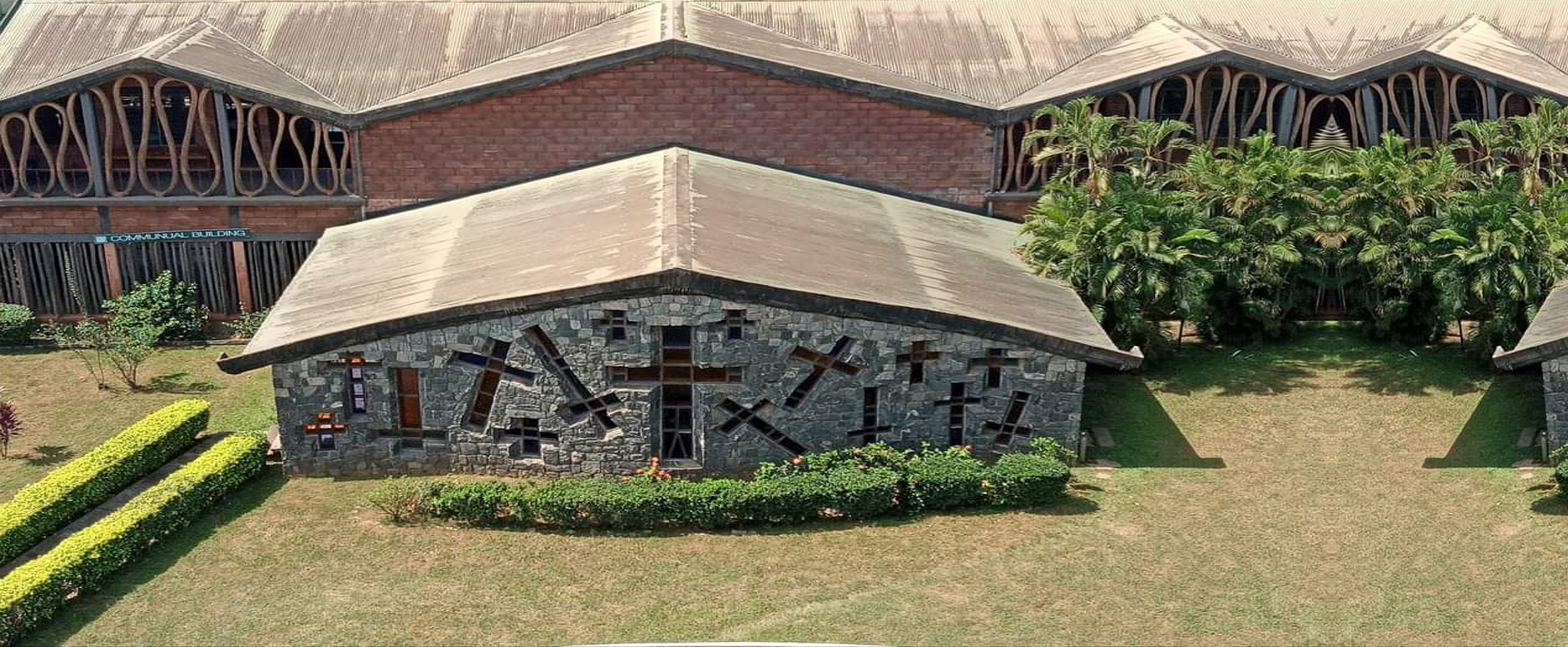
Our Community Chapel
In the early 70s, there arose the need to construct a chapel for a Dominican community that was gradually taking shape at Samonda in Ibadan. It would be a special place of prayer, meditation and penance for all the friars. And so work commenced. The Community was designed by Professor Demas Nwoko of the University of Ibadan and the building Engineer was Mr. Odunjo. They also had a builder and site supervisor on site known simply as Mr. Billy. The chapel was designed to look like an ancient African Shrine. The idea is to bring to mind the African traditional mindset of worship whereby the Priest offers a sacrifice to the gods in the shrine and all adherents are seated around the table of sacrifice, sharing and eating from a common pot. Hence, the interior of the chapel is designed in such a way that the altar of sacrifice becomes the focal point of the assembly. Another highlight is the use of softwood and hardwood in the building of the chapel. Many of the seats are singular and round such that it can only contain a single person. The brothers are seated to face each other while the seats would form an arc around the altar of sacrifice. The crucifix is also an African design with the image of a black African on it to represent our Lord Jesus Christ.
Demas Nwoko was building the chapel with many scriptural allegories and African symbolisms in order to carry a deep and true message. For instance, the pool immediately by the side of the chapel entrance is meant to be a re-enactment of the River Jordan. The Israelites travelled through the River Jordan in order to get to the promised land. In the same way, the chapel is significant of the promised land while the pool beside it is symbolic of the River Jordan. In his construction of the “Hall of Martyrs”, Demas utilized the central idea of Our Lord Jesus Christ as the King of martyrs. Hence, he would position a big central cross among the other tiny crosses, many of which are facing downwards or sideways. The symbolism behind this idea is to portray the sufferings of the ancient martyrs of the Church who shed their blood in imitation of Christ their king. Another notable point in the construction of the entire old studium of the community is that Demas observed that most painted houses in Ibadan usually disintegrate as time elapses, the paints expire and the outlook of the houses change. Hence, he had the intention of producing a design whereby the houses would be built but would not need to be painted. Hence, he developed the idea of using red sand which he got somewhere between Ibadan and Iwo town. These red sand were mixed with cement and specially moulded to make durable bricks. With these, the houses were built and did not need to be painted because they still look evergreen over the years. The architecture of the Ibadan chapel and studium are so unique that over time, it began to attract the interest of Intellectuals, building Engineers from various parts of the world and Architecture lecturers and students from various Universities in Nigeria. One of such interest was what gave birth to what is today known as the great Centre for Arts and Culture at Mokola, Ibadan in 1977.
BBC recently rated the Dominican Chapel at Ibadan, 10 out of 12 exceptional buildings in Africa...
Regular observance and Cloistered Life
The Studentate: The novitiate programme is a one year programme, during which the novice is expected to deepen his knowledge of the religious and the Dominican Spirituality. Upon the completion of the novitiate program which is one year, the novice makes profession of simple vow. He leaves the novitiate and then joins the student community, known as the ‘studentate.’ At the studentate the student brother begins his primary apostolate which is study. St. Dominic included study as an essential part of his plan for the Order. He, who himself always carried the Gospel of St. Matthew and the Epistles of Saint Paul, sent the brothers to the major cities so that they might study, preach, establish priories and centres of learning, and thereby better serve the mission of the Church. In the life of a Dominican student there is a serene balance of prayer, study and healthy relaxation. There is a variety too in the subjects studied, and encouragement is regularly given to guide the student through the programme of studies. Over time, the mind of the studious friar is enlightened, his will is strengthened, and his oratorical skills are sharpened. The goal of the studentate is to mold the student into the image and charism of St. Dominic.
Dominicans profess the vows of obedience, poverty and chastity. These vows are otherwise referred to as the Evangelical Counsels. The aim of the vows is to help the individual cling more tenaciously to God with an undivided heart. By professing the vow of obedience, the brothers abandon themselves to God in total trust by surrendering their will to the will of the superior. They are bound to obey their superiors in all matters that pertain to the rules and laws of the Order. This obedience may come in various forms like transfers and reassignments – a friar is not to resist a transfer from one place to another even if the new assignment is not as pleasant as one’s former assignment, by virtue of one’s vow, you are to obey. However, this obedience is not a blind or sheepish kind of obedience. This is because the brothers are not obliged to obey in matters that are against the commandments of God, the commands of the Church, or in matters that are contrary to the laws of the Order or do not allow a superior’s dispensation. If there is a doubt, however, we are all obliged to obey. Therefore obedience is pre-eminent among the evangelical counsels. Read More
Adapted from the history of the province by Bro. Paschal Ugwu.
© 2022 - OP Studentate Media - All Rights Reserved
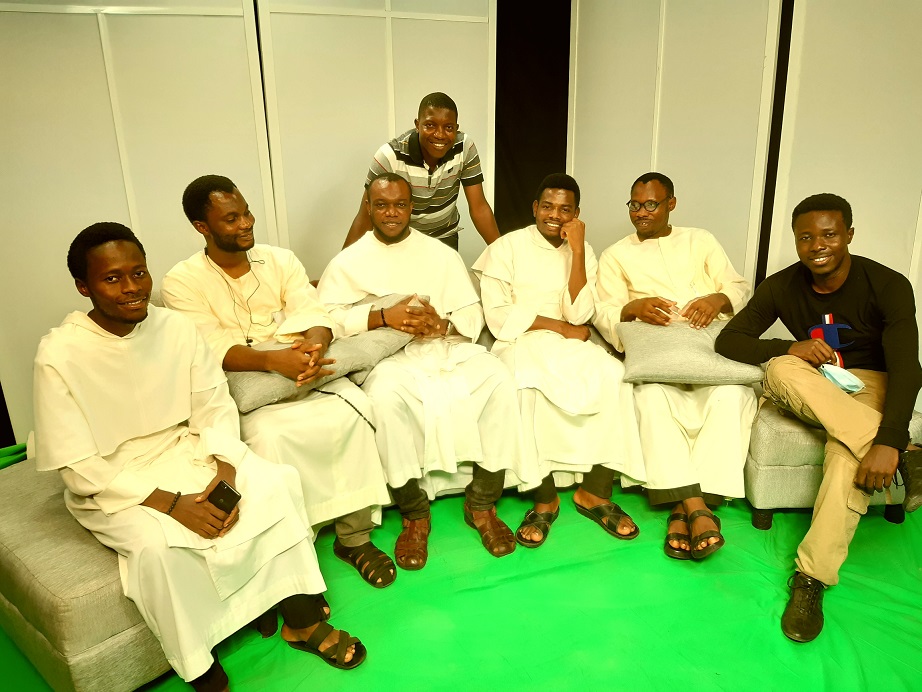
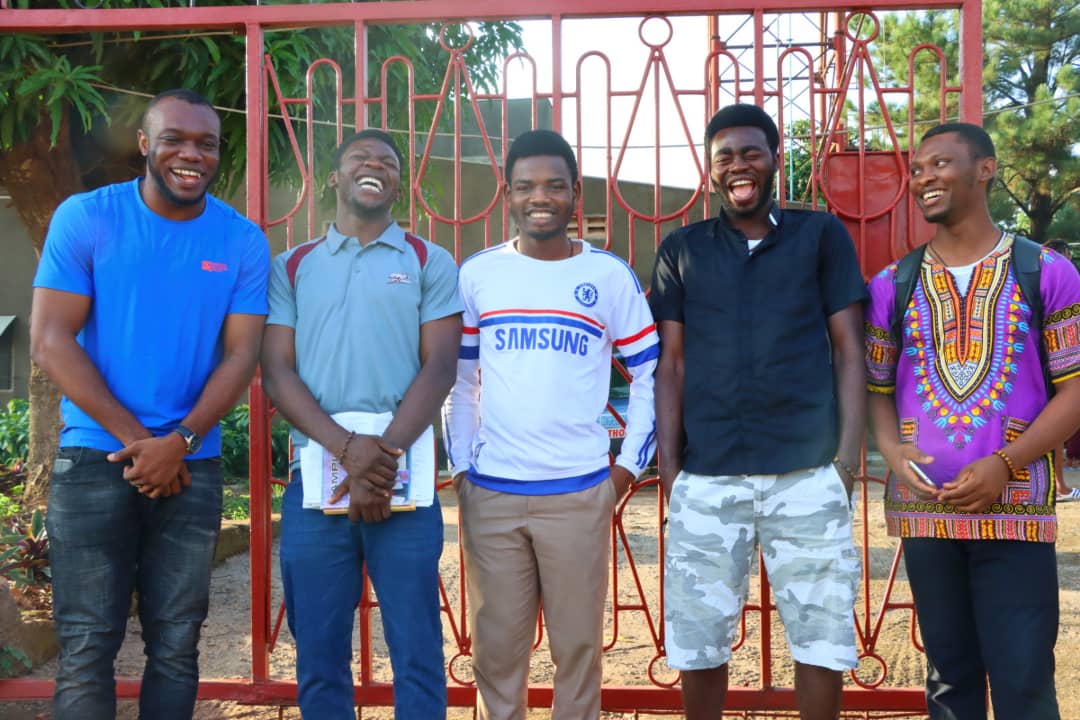



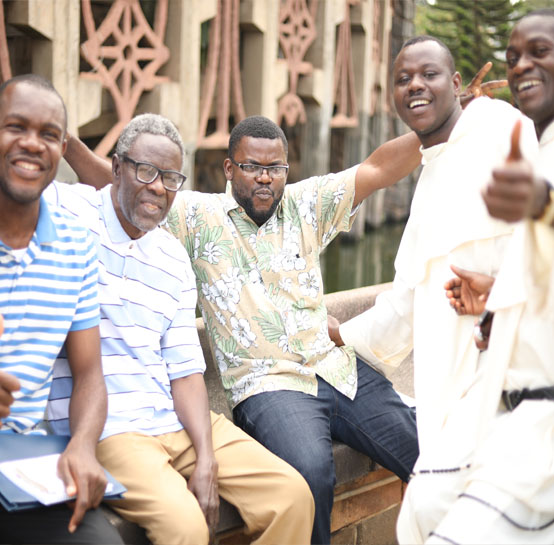



.jpg)
.jpg)
.jpg)
.jpg)
.jpg)
.jpg)
.jpg)
.jpg)






